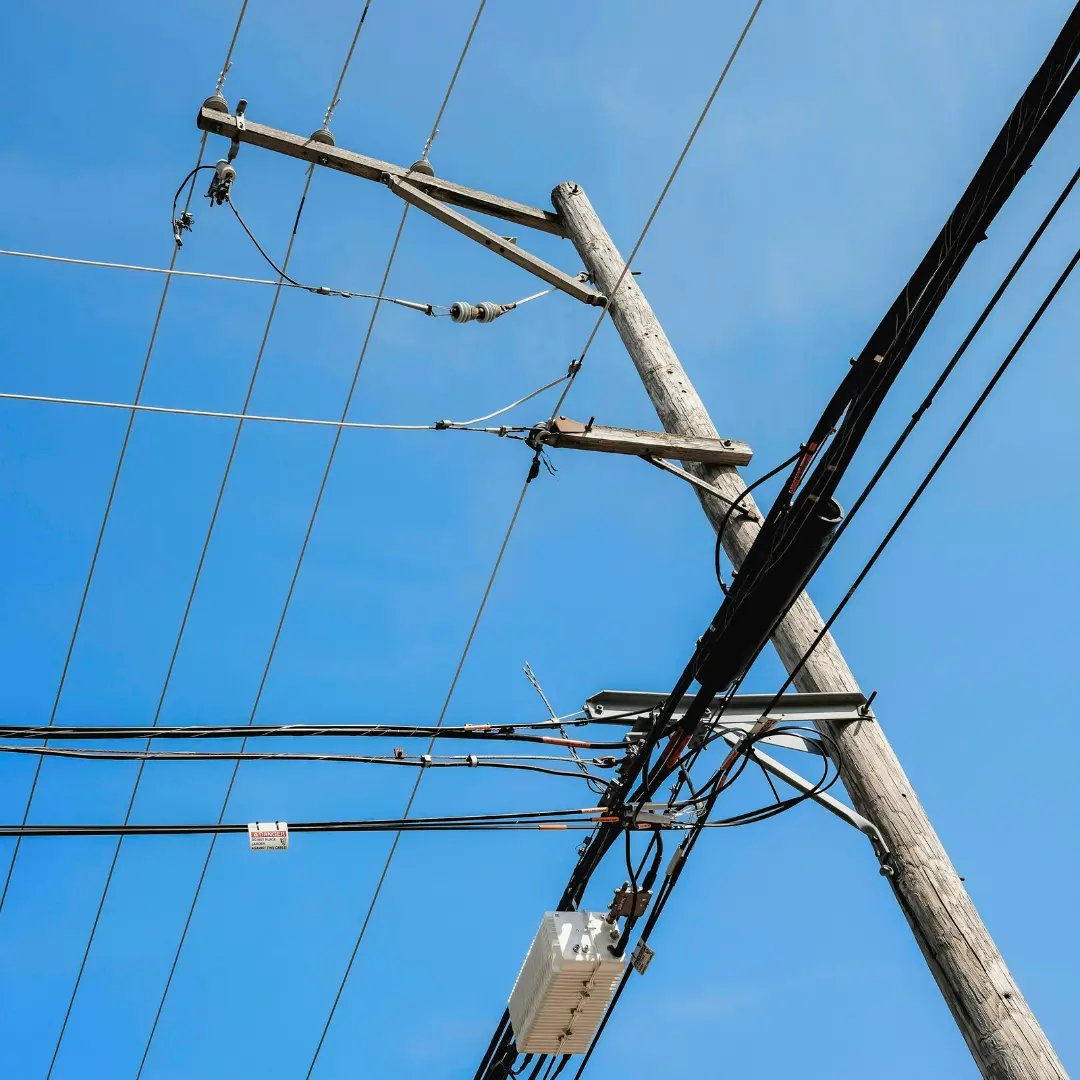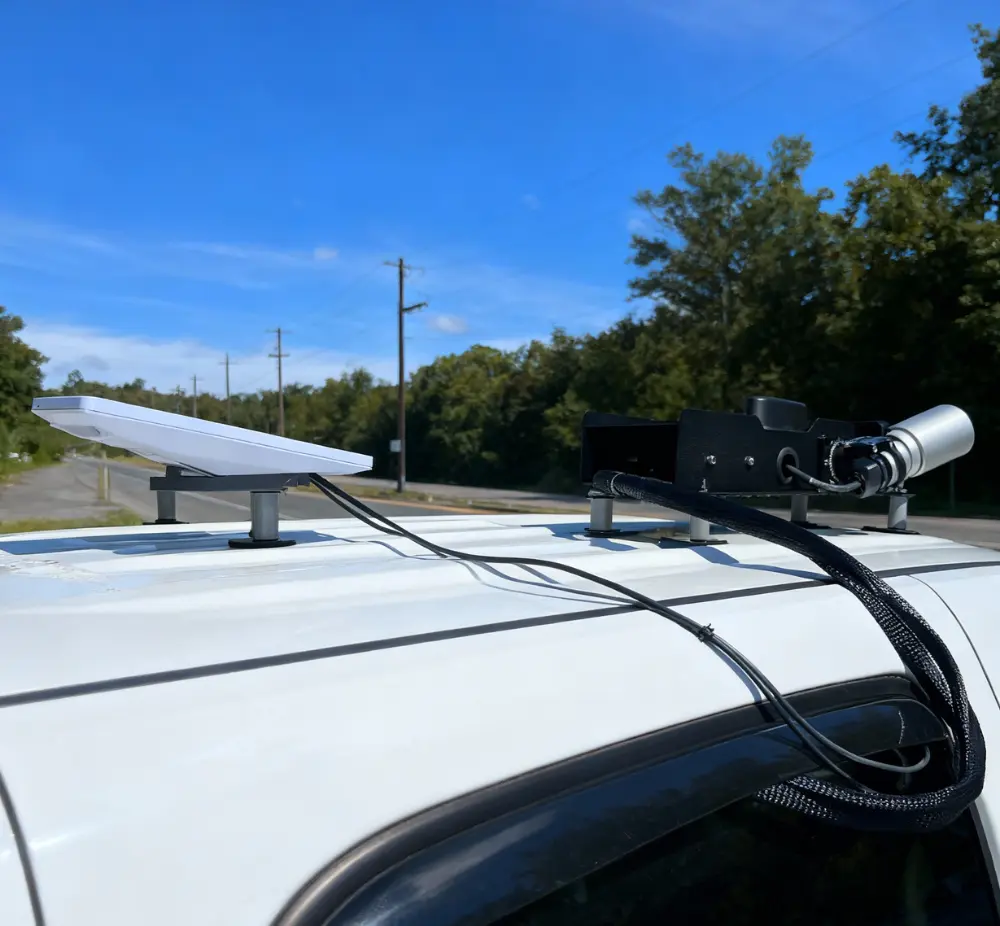Utility regulators across the country are asking electric utilities to solve a riddle: How do you make the grid more reliable and resilient while keeping electricity affordable? The truth is, with today’s aging infrastructure and outdated operations models, you can’t. Not without change.
The affordability–reliability paradox, as highlighted in this recent Utility Dive article, isn’t just a product of regulatory tension. It’s a symptom of a deeper problem: utility operations are still largely managed using the same playbooks from 50+ years ago—built for a different grid, in a different world. And in many cases, the infrastructure they support is just as old.
Modern grid demands—fueled by extreme weather, electrification, and customer expectations—can’t be met by legacy methods alone. If utilities hope to meet today’s challenges, they must rethink how they operate. And that starts by welcoming innovation that reshapes their cost structures and enables a shift from reactive maintenance to proactive intelligence.
You Can’t Solve New Problems with Old Tools
The traditional model of grid maintenance—manual inspections, siloed data, and reactive repairs—is costly, inefficient, and unsustainable. It drives up operating expenses, stretches field crews thin, and makes it nearly impossible to meet modern reliability expectations without significantly increasing budgets. And yet, utilities are often expected to achieve these improvements without raising rates.
This is the crux of the paradox. Affordability and reliability are being treated as opposing goals—but they only conflict when you're using outdated tools to try to achieve them.
No Longer Optional. Innovation is the Path Forward
At Noteworthy AI, we work with forward-looking utilities that understand this reality. Our Inspect solution uses AI-enabled, fleet-mounted cameras to autonomously collect and analyze asset data during routine operations. That means utilities can gather detailed, actionable intelligence on the state of their grid infrastructure, without new truck rolls, costly patrols, or additional headcount.
This shift to autonomous data collection and real-time insights allows utilities to identify issues before they fail, prioritize repairs efficiently, and reduce unnecessary spending on redundant or manual inspections. For many of our utility partners, it’s translated into O&M cost reductions of up to 75%—while also improving system reliability.
From Cost Reduction to Capital Efficiency
What remains of the cost burden can often be restructured. By leveraging existing fleet vehicles and investing in permanent inspection infrastructure, utilities can capitalize previously uncapitalizable O&M expenses—turning what used to be ongoing operational drain into recoverable capital investments.
This transformation doesn’t just reduce costs—it aligns them with regulatory and financial frameworks, offering utilities a new way to fund modernization without passing on steep rate hikes to customers.
A Call for Regulatory Flexibility—and Leadership
As regulators push for both reliability and affordability, they must also create the conditions that allow utilities to break away from the status quo. That includes rewarding operational innovation, enabling hybrid cost recovery models, and recognizing the long-term value of intelligent infrastructure.
But more importantly, utilities themselves must lead. The tools to solve this paradox already exist—but only for those willing to abandon the “business as usual” mindset. Embracing technologies like Noteworthy AI isn’t just an efficiency play—it’s a strategic imperative for navigating the future of the grid.
Utilities that modernize their operations today are laying the foundation for a more resilient, cost-effective grid tomorrow. Learn how Noteworthy AI can help your team shift from outdated inspections to intelligent, capital-efficient reliability improvements.






.webp)